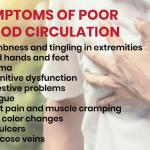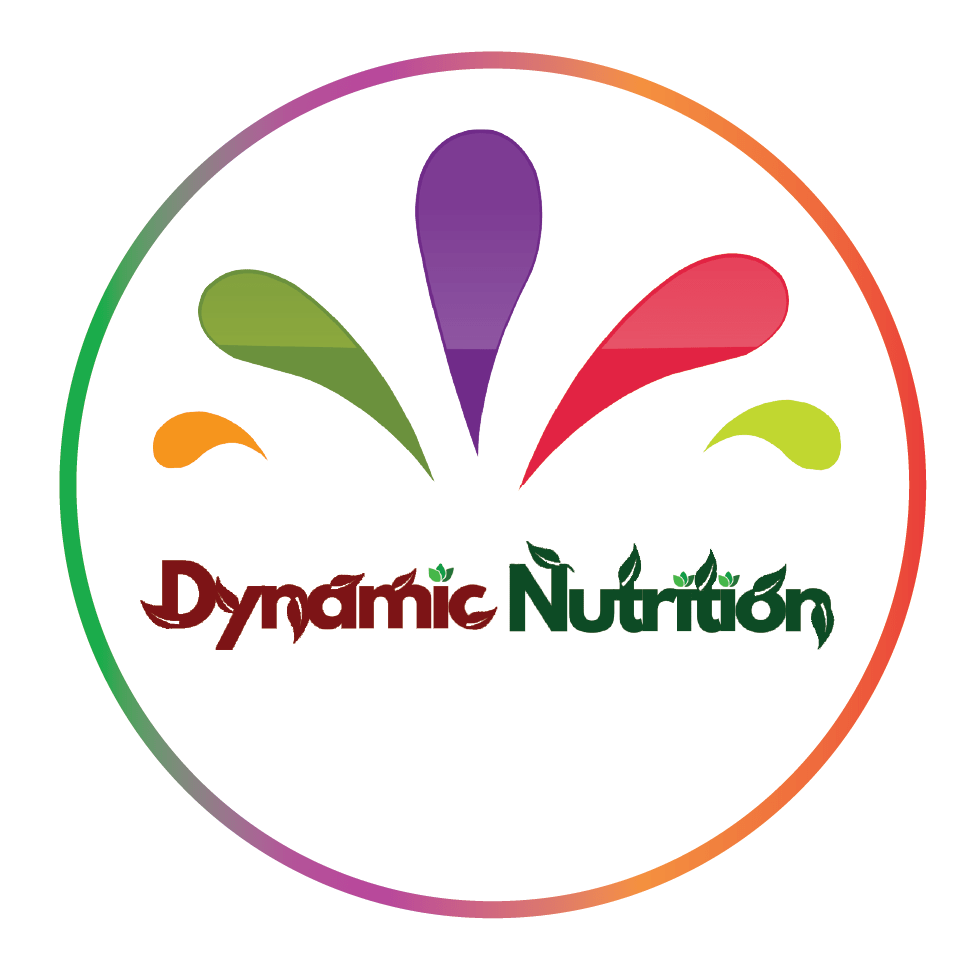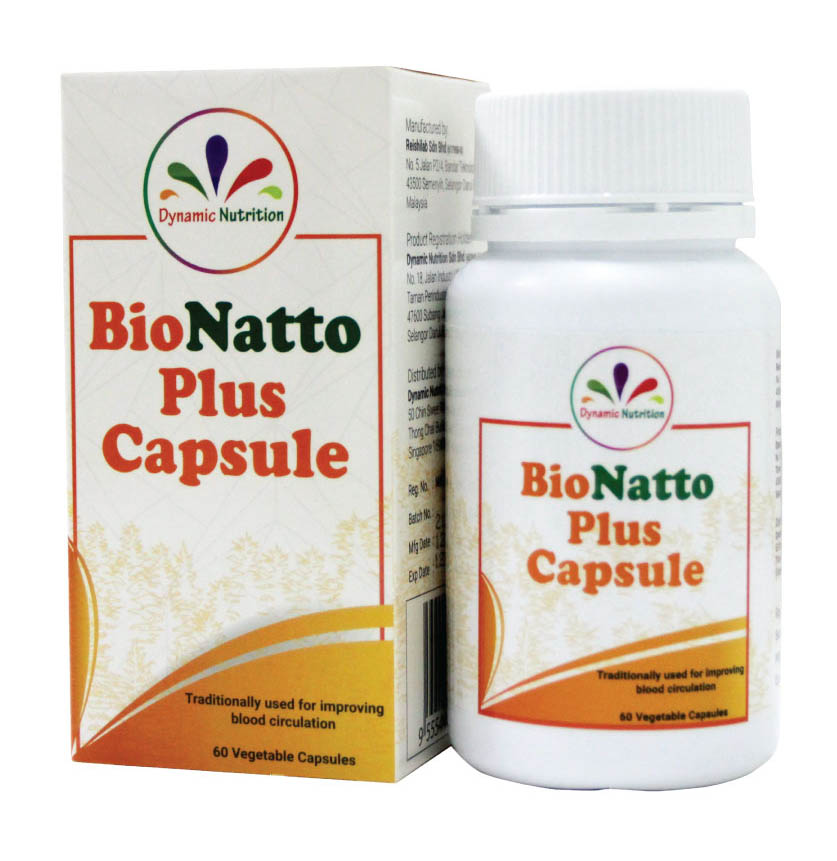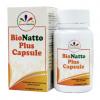
A wide range of symptoms can indicate poor circulation. These symptoms can affect a person’s quality of life and may even cause severe complications.
Causes of poor circulation
There are a number of reasons for poor circulation, including age, general health, hereditary factors, such as parents having poor circulation, as well as lack of exercise and diet, to name but a few. A poor circulatory system can lead to several minor health complaints such as tinnitus, Raynaud’s Syndrome, memory loss, lumps in blood vessels and varicose veins, as well as cramps and pins and needles. It’s important to recognise the signs of poor circulation and know how to improve it to help avoid or ease the symptoms of these conditions.
The following are common symptoms of poor circulation:
1. Numbness and tingling in extremities
One of the most common symptoms of poor circulation is numbness and tingling in the hands and feet. When something is restricting the flow of blood, and blood cannot reach the extremities in sufficient quantities, a person may also have a sensation of pins and needles.
2. Cold hands and feet
Reduced blood flow causes the hands and feet to feel much colder than the rest of the body. When blood cannot flow at healthy rates, this can lead to temperature fluctuations in the skin and nerve endings of the hands and feet.
3. Edema
Poor circulation can cause fluid to accumulate in certain areas of the body. This is called edema, and it often occurs in the legs, ankles, and feet. Edema may also be a sign of heart failure. It can occur when the heart is unable to circulate an adequate supply of blood throughout the body. Edema in the lower extremities can also develop when blood collects in those areas. Pressure builds, forcing fluid from the blood vessels into surrounding tissues. Symptoms of edema include:
- heaviness and swelling
- tight, warm skin
- stiff joints
- pain in affected areas
Some people notice that they have edema because clothing or jewelry starts to feel tight. If a person with edema presses on the affected area, they may leave an indentation in the swollen skin. Also, when fluid that contains proteins collects in the abdomen, this is known as ascites. Circulation problems and liver cirrhosis can be responsible.
4. Cognitive dysfunction
Poor blood circulation can affect the functioning of the brain, leading to memory loss and difficulty concentrating. These and other cognitive problems can result from:
- a reduction in the flow of blood to the brain
- a reduction in the amount of blood pumped throughout the body
- certain changes in blood pressure
5. Digestive problems
Digestion relies upon blood flow, and poor circulation may be linked to fatty matter that can collect in the lining of blood vessels in the abdomen. Digestive problems related to reduced blood flow include:
-
- abdominal pain
- diarrhea
- bloody stools, constipation, and cramping
6. Fatigue
Poor blood flow affects energy levels and can cause fatigue. Also, the heart must pump harder when circulation is poor, which can lead to further fatigue.
7. Joint pain and muscle cramping
Poor circulation can cause pain in the legs, feet, arms, and hands. Cold hands and feet may ache or throb, especially as they start to warm and blood flow returns. Poor circulation in the legs and arms can also cause these areas to ache, including the calf muscles. This type of pain in the legs is often worse when sitting or standing for long periods. Also, when the blood does not circulate correctly, oxygen and nutrients cannot reach tissues effectively, which can result in stiffness and cramping
8. Skin colour changes
When an insufficient amount of arterial blood reaches the body’s tissues, the skin may appear pale or blue. If blood is leaking from capillaries, these areas may appear purple. The following areas may be discolored:
- nose
- lips
- ears
- nipples
- hands
- feet
9. Leg ulcers
Poor circulation affects the body’s ability to heal, which can lead to ulcers in the legs and feet. Ulcers can also develop when blood pools in the veins of the legs, which causes swelling beneath the skin.
10. Varicose veins
Poor circulation causes existing varicose veins to become visible. Varicose veins make it harder for blood to return to the heart. They can also lead to symptoms, such as:
- heaviness in the legs
- aches in the legs
- itchiness
- swelling
- veins that appear to be knotted
Varicose veins are common among people who regularly stand for long periods.
Related Topics
The Risk Factors of High Blood Pressure and Simple Steps to Control it
Three Ways French Pine Bark Protects The Heart
7 Symptoms Of High Blood Pressure
Side Effects Of Red Yeast Rice
Deep Vein Thrombosis Treatment With Nattokinase NSK-SD®
Top 5 Benefits Of Grape Seed Extract
Are you at Risk of Deep Vein Thrombosis (DVT)?
New Guidelines Advise against Low-dose Aspirin to Prevent Strokes and Heart Attacks for Older Adults
How To Identify Signs Of Heart Attack










Facebook Comments